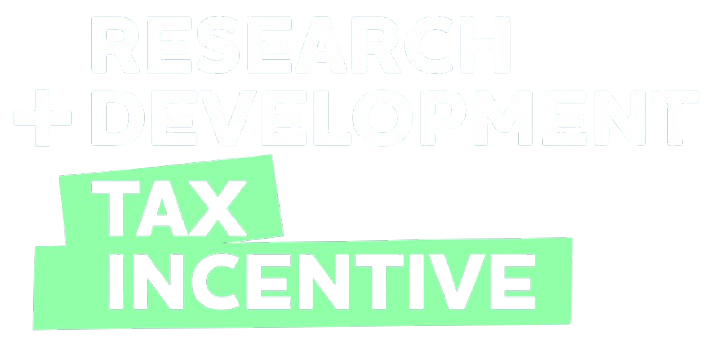How does the RDTI work?
What's the purpose of the RDTI?
We want businesses in New Zealand to have more money available to invest in R&D.
The RDTI offers a 15% tax credit on eligible R&D expenditure. You can use this to reduce the amount of income tax you pay. In some circumstances, you can receive a cash refund in place of a tax credit.
Countries with higher rates of R&D tend to have more diverse and more highly productive economies. So increasing R&D is an important step towards boosting both your business, and the diversity and productivity of the New Zealand economy.
The tax credit is issued after you’ve filed your income tax return and other steps are completed. However, earlier access is possible - e.g. by using your anticipated credit to offset your provisional tax payments.
Find out more about the thinking behind the RDTI.
Key benefits
Tax credit
- tax credit equal to 15% of eligible R&D expenditure
- you can use your anticipated RDTI tax credit to offset provisional tax payments
- if your business is in a tax loss position or your credit exceeds your tax to pay, you may be eligible to have all or some of your credit refunded in cash (up to a cap based on labour-related taxes) and/or carried forward to the next income year
Find out more about how and when you receive your tax credit
Flexible
- apply in advance or while your R&D project is under way - you can claim any eligible expenditure from the start of the income year in which you apply
- your application can be approved for up to 3 income years, including the income year in which you apply
- you can submit a new application for projects ongoing after 3 years
- no limit to how many applications you can make - the more eligible R&D projects you undertake, the more credits you can claim (up to the maximum claimable expenditure of $120 million per year, unless prior approval is given to exceed this cap for R&D that will return “substantial net benefit for New Zealand”)
Technical focus - no commercial or outcomes criteria to meet
- no evidence of commercial feasibility needed to apply
- tax credits are payable regardless of whether or not your R&D successfully achieves its intended outcomes
Inclusive
- most types of business can apply, regardless of legal structure
- businesses from any sector can apply
- tax credits available even to small businesses, provided you spend at least $50k per year on eligible R&D, or you use an approved research provider to do your R&D for you
Who delivers the RDTI?
The RDTI is delivered jointly by the Ministry of Business, Innovation and Employment (MBIE) and Inland Revenue:
- MBIE provides information and support, assesses the eligibility of your R&D, and oversees RDTI policy.
- Inland Revenue makes decisions on applications and manages tax credit claims.
How do I access the tax credits?
There are four steps to access a tax credit:
1 Register (via myIR)
Confirm that your business is eligible
2 Apply (via myIR)
Confirm that your R&D is eligible by submitting a General Approval application or applying to be a Significant Performer
3 Keep records
Track your expenditure on eligible R&D activities
4 Claim (via myIR)
Tell Inland Revenue what your expenditure was by filing an RDTI Supplementary Return
Find out how to register and apply.
Find out how to keep records and make a claim.
Legal disclaimer
The RDTI is part of tax legislation. This website paraphrases relevant legislation, for the purpose of providing general guidance on the RDTI and how it works. The information on this site should not be used as a substitute for legal, business, accounting, tax or other professional advice.
